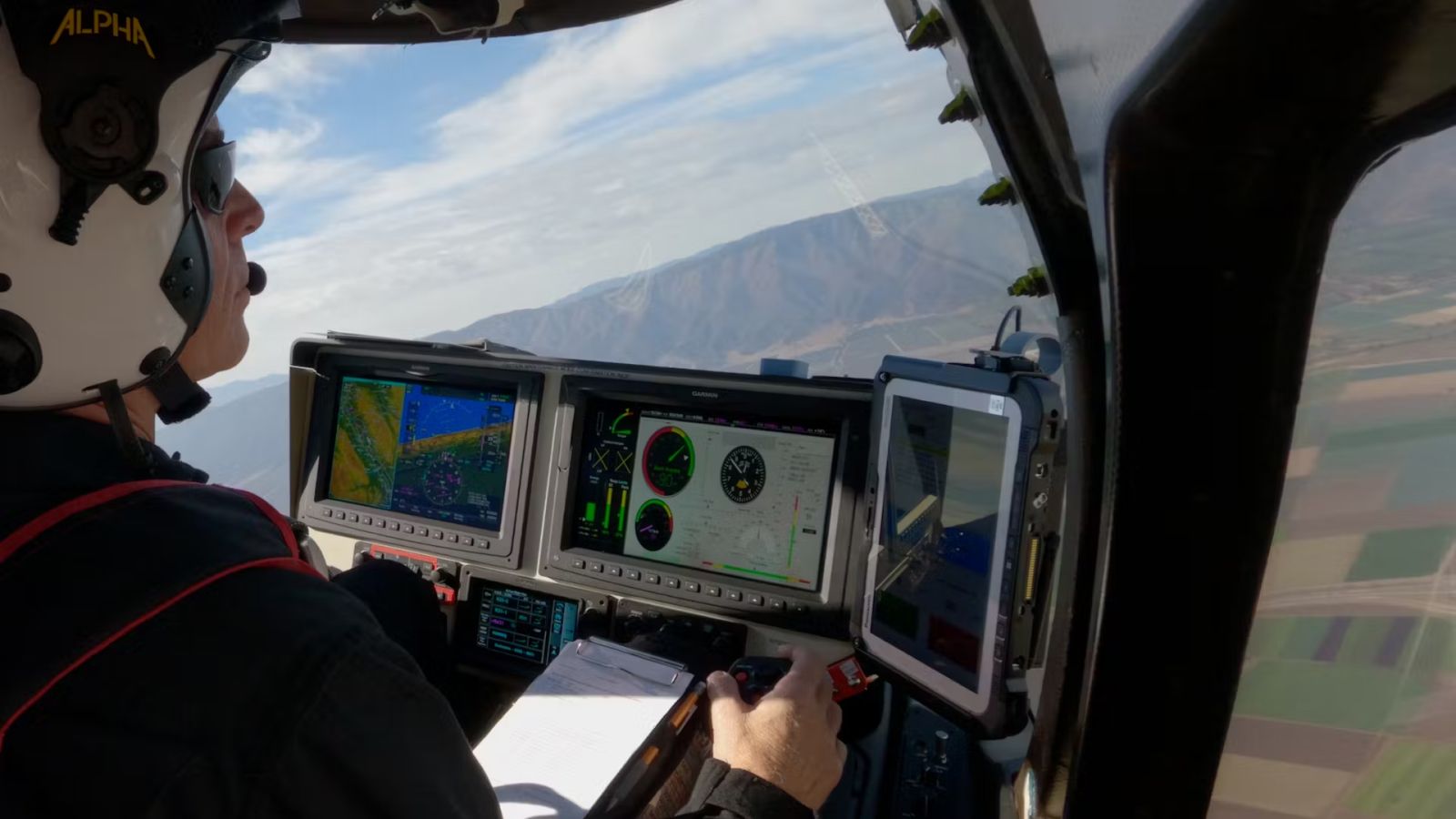We are barely a month into the 2025 NFL season, but the business of the NFL is humming. The Giants couldn’t wait to get a start on the future, the Patriots have cashed out over $700 million and kickoff returns are back. Let’s examine a few topics.
Like all teams (except the Packers), the Giants couldn’t wait
The Russell Wilson era with the Giants lasted a grand total of three games, as the team turned over the keys to their offense to first-round pick Jaxson Dart. And the Giants join the list of dozens of teams that have drafted first-round quarterbacks preaching patience in waiting to insert them, only to succumb in the first few weeks of the season.
It appears that no team—save for the Packers—waits even a month to start the clock on its first-round quarterbacks. Besides Aaron Rodgers and Jordan Love, who apprenticed for three years behind Brett Favre and Rodgers, respectively, the longest wait from a first-round quarterback in recent memory was that of Patrick Mahomes, who sat almost a full season behind Alex Smith before ascending with the Chiefs. The drumbeat grows from ownership and management, as well as fans and media, to get the prized rookie on the field and absorb the growing pains sooner rather than later.
As for the Giants’ experiment with Wilson (and Jameis Winston): If the draft had been held before free agency—rather than after, as it is—my sense is that these signings would not have happened. It appears the team felt it “needed” a veteran quarterback, or two, not knowing the draft would unfold as it did. But once the Giants got the rookie they wanted in Dart, Wilson’s days were numbered.
Wilson seems headed for his third departure after an underwhelming tenure in three years with three different teams: the Broncos (where he spent two seasons), Steelers and Giants. And Wilson has become the dead-cap charge king: He counted an eye-popping $53 million on the Broncos’ cap last year (while playing for the Steelers) and counts another $32 million on the Broncos’ cap this year (while playing for the Giants). And his $10.5 million one-year deal with the Giants has mostly already been paid, with an $8 million signing bonus already received. This brings Wilson’s career earnings to over $315 million.
Of course, he’s a future Business of Football Hall of Famer.
Sign Up. SI NFL Newsletter. Get MMQB’s Free Newsletter. dark
Patriots liquidate an easy $720 million
Robert Kraft has joined the ranks of other NFL owners who, in the past year or so, have offloaded very small portions of their teams in exchange for hundreds of millions, or even billions of dollars.
The Patriots sold 8% of the franchise—5% to a private investor and 3% to private equity firm Sixth Street—at a reported $9 billion valuation. They join the Bills, Raiders, Eagles and Dolphins, who have recently done similar liquidations.
The Krafts retain 92% of the Patriots and maintain complete control, while taking in a cool $720 million to spend as they wish.
What a business NFL ownership is.
NFL kickoffs are back, safer and should be 100% returned
The NFL kickoff return is a play that many, including myself, thought would be extinct by now. To the contrary, it is very much alive and well.
Around 10 years ago, it seemed the NFL wanted to end these plays. Kickoff returns had become the most concussive and dangerous play in the sport, and rules started incentivizing touchbacks, with the ball moved up to the 25-yard line after a touchback. Kickoff returns almost disappeared, creating “dead time” in the broadcast between a score and the start of another series of plays.
The NFL then reversed course, first requiring kickoff coverage units to have standing, rather than running starts, and then moving touchbacks even further out for the offense, first to the 30 and now to the 35-yard line. This has incentivized kickers not to kick the ball in the end zone, and we now have a kickoff return rate of nearly 80%.
Why is that number not 100%? Every NFL coach and special teams coach has to believe that its coverage unit can prevent a return to the 35-yard line. Thus, I don’t know why any team would ever kick the ball into the end zone with the current rules.
But the point here is that the NFL has done two things that are both major positives for the game: It has made a play that was dying into an interesting, and sometimes exciting, play again, and has done so with its safety improved.
For a league that criticism of it is a cottage industry, the NFL deserves a bow here.
More NFL on Sports Illustrated
Source link


